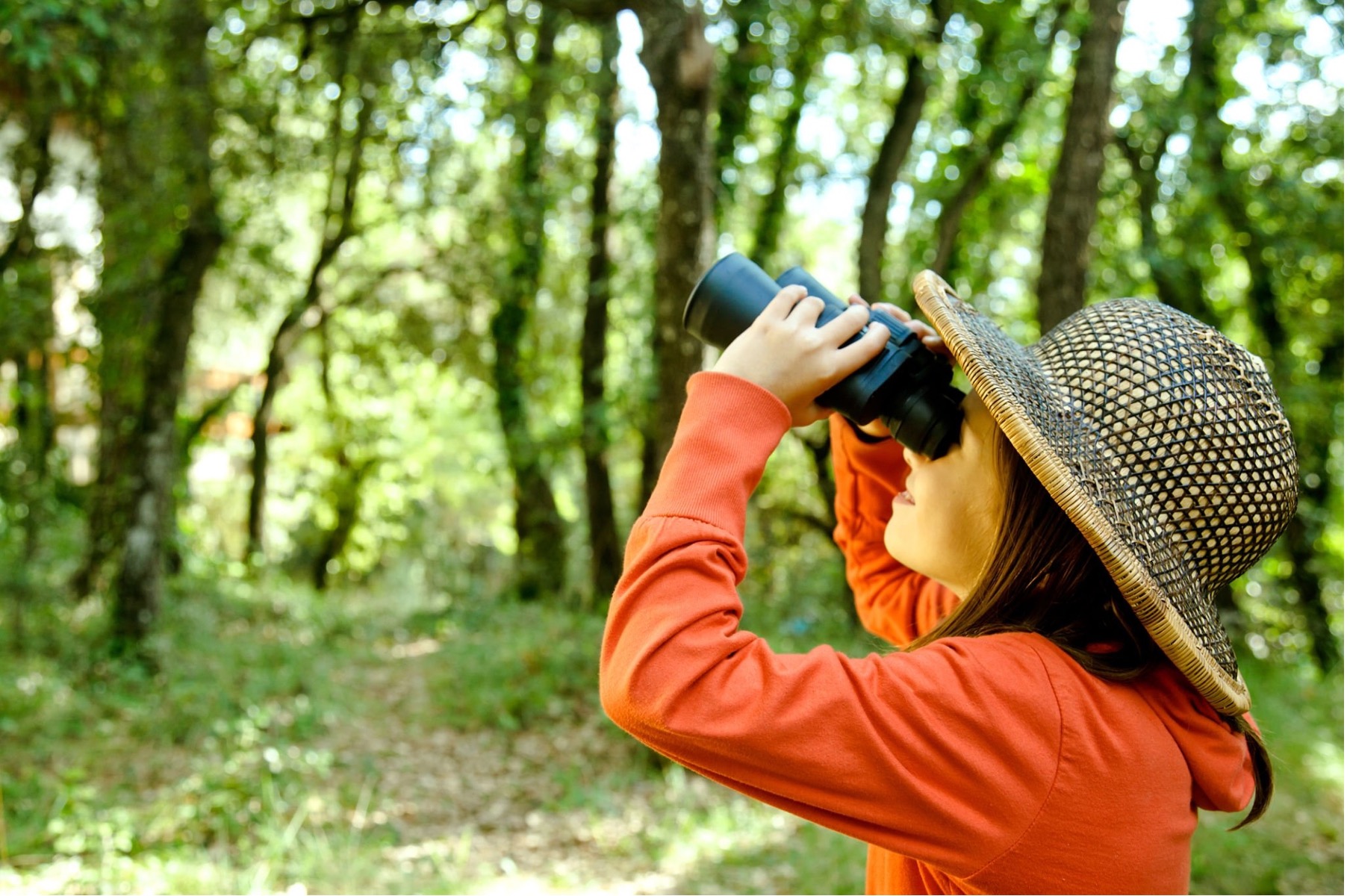The thrill of birdwatching cannot be overstated. If you’re looking for a non-lazy way to spend your time, birdwatching is the answer! The beauty and wonder of seeing wild birds in their natural habitats will lift your spirits and bring a smile to your face every time you do it. It’s not just about seeing beautiful wildlife, either; birding is great exercise, too! Many benefits come with spending time outdoors, and birdwatching is one of them. But don’t just take our word for it! Research has shown that spending time birding is good for your health. Why? Numerous studies have shown that watching birds can boost your mood and make you feel happier. Additionally, spending time outside exposes you to various beneficial elements such as sunlight and fresh air. And lastly, if you spend enough time out there, you might even be able to see some rare species!
1. Get your binoculars ready!
If you’re going to start birding, you’ll want to invest in some binoculars. You may already have a pair lying around, but there’s something to be said about getting a new pair. Binoculars will allow you to zoom in on the birds you’re trying to see and greatly increase your chances of spotting rare birds. Invest in a pair that’s comfortable and easy to use. You’ll spend a lot of time craning your neck, so ensure they’re ergonomic and lightweight.
 2. Identify the birds in your environment
2. Identify the birds in your environment
Once your binoculars are ready, you’ll want to familiarize yourself with your surroundings. Try looking around your area for birds. There may be some species you don’t recognize, and being able to identify them will help you out a lot! You can try to look out for birds you frequently see in your area, but try to keep an eye out for rare species. This will help you identify which birds are particularly unique to your area. As you start spending time out in the wild, you’ll start noticing some fascinating things about the birds in your area. Some species may be more common in one location than others. For example, one of your friends may live next door to a forest, and they may be able to tell you all about the birds in that forest. This can help you learn more about the birds in your area.
 3. Stop, Look, Listen, Repeat
3. Stop, Look, Listen, Repeat
When you’re birding, it’s essential to slow down. Some species may fly by quickly, but if you take the time to look closely, you’ll be able to see a lot more. And when you see those birds again, you can take another look at them and remember what you saw. It’s a cycle that will help you identify even more species. When you’re birding, you’ll want to stop and look at each bird you see. When you do this, you want to focus on the bird itself, not the surroundings. It’s better to look at the bird itself and try to draw some details about it so you can identify it again if you need to. When you see a bird you don’t recognize; you can take a minute to look it up. This will help you identify it the next time you see it!
4. Identify food sources
When you’re out birding, you’ll want to pay extra attention to the birds you see eating. There may be some birds feeding their young, so you can try to get a glimpse of them. But you may also be able to identify the food sources that the birds are eating. This could be anything from berries to bugs, depending on your area.
 5. Record your sightings
5. Record your sightings
If you’re lucky enough to be in an area with many birds, you’ll want to use your binoculars and guide and keep a close eye on them. You can even try to record the species that you see feeding so that you can identify them later! This can be very helpful if you’re trying to identify rare birds.
 Bottom line
Bottom line
Birding is an amazing activity that’s fun for anyone. It takes a little bit of effort, but it’s well worth it. Birding can boost your mood and help you relax. Even if you’re a beginner, you’ll be able to see some pretty rare birds if you put in the effort. And if you want to get the most out of it, you can even try to find some rare birds in your area!


